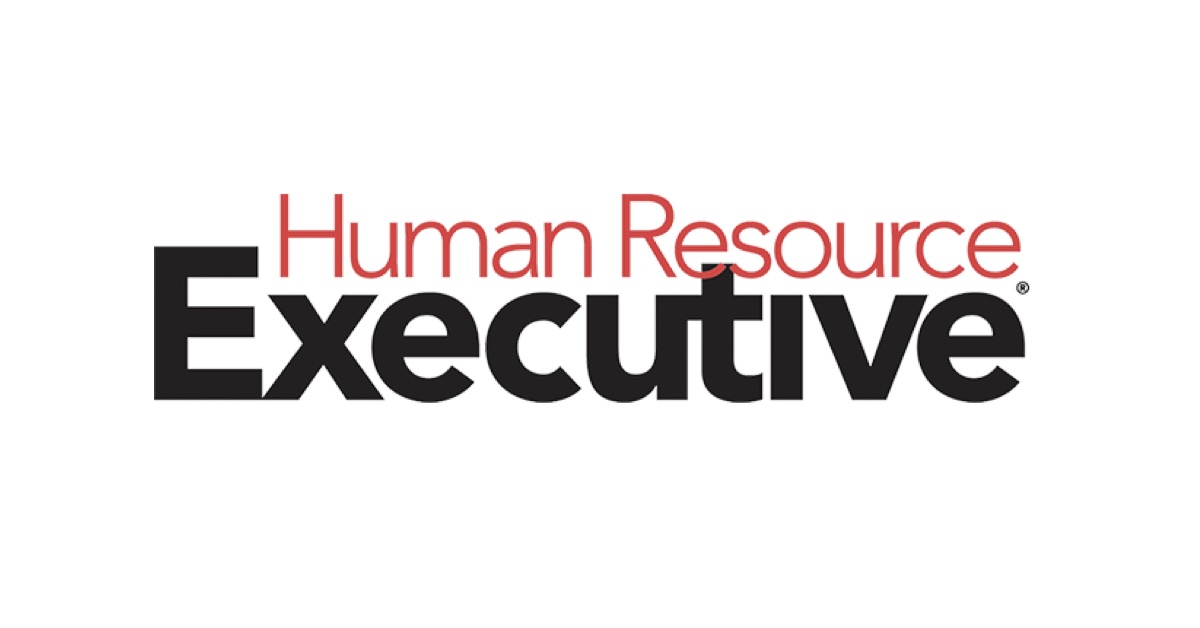Employee relationship management is a key component in any organization. Not managing employee relations successfully can lead to negative outcomes such as lower productivity and higher employee turnover. By implementing employee relationship management best practices, human resources departments can anticipate increased productivity and employee retention rates. Here, we discuss the core tenets of a powerful management strategy and how to monitor it for maximum effectiveness. From conflict resolution policies to feedback processes, we’ll show you how to design, deploy and track management strategies optimally.
What is employee relations?
(ER), often part of the human resources department, is responsible for creating positive relationships and cultivating a constructive work environment that increases employee engagement, employee productivity and employee satisfaction. Many workplaces have a designated employee relations department.
Employee relationship management is carried out by HR professionals who have specialized experience in employee relations itself. The ultimate goal of an employee relations manager is to foster harmonious relationships throughout all the levels of an organization from even the most junior position to the executive committee. Employee relations management includes:
- Policy design and implementation: Employee relations managers are responsible for creating, executing and monitoring programs relating to subjects like salaries or wages, benefits, working hours, occupational health and safety and fair hiring practices.
- Workplace conflict management: A key element of employee relationship management is arbitration and mediation to resolve disputes between employees. The importance of addressing grievances related to interpersonal relationships at the workplace can’t be overstated.
- Conducting incident investigations: When an employee’s rights are potentially violated, employee relations managers are tasked with looking into such cases. Managers must also launch inquiries when employees break rules and internal policies.
- Liaising between employers and management: Employee relations managers must act as intermediaries between junior/mid-level employees and management/executive committees especially when communication between the two goes awry.
Good employee relationship management is essential for keeping an organization productive because it creates trust and respect among workers. A focus on organizational transparency in terms of how internal policies are followed is a central component of fostering employees’ confidence in each other and the organization. When employee relationships are managed correctly, businesses enjoy increased employee retention rates which is critical for the optimal functioning of a company. In a world where employee expectations and demands are changing rapidly, organizations need to stay on top of employee relationship management so that they may stay competitive within their respective industries.
The basic elements of a successful employee relations management strategy
To be effective, an employee relationship management strategy must take a miscellany of factors into consideration. Unlike many things, there’s definitely a right way and a wrong way to go about creating, applying and keeping track of your employee relationship management strategy. Below is a sample of some “do’s and don’ts.”
What to avoid:
- Displaying favoritism: Whether on purpose or unconsciously, showing employees that some are more highly favored than others is a sure-fire way to create tensions and workplace conflict that will ruin employee relations. Ensure that your employee relations strategy sets out clear rules on how to treat all employees fairly and equally.
- Micromanaging subordinates: Micromanaging is high on the list of employees’ workplace pet peeves. When you manage excessively, you create the impression that you don’t trust your employees or that you don’t have faith in their abilities. You can prevent this by specifying management tactics and processes in your strategy and by helping to develop managers in real-time to be better leaders. Often this shows up as employee relations professionals coaching managers behind the scenes and holding them accountable for managing in line with the expectations at the organization
- Ignoring feedback: It’s incredibly important to ask employees for feedback but this process is useless if you don’t implement that feedback. Ignoring it leads your employees to believe that you don’t care about their opinions and ideas. It’s possible to avoid this workplace faux pas by laying out a feedback implementation process in your strategy.
- Avoiding issues: Not many people like confrontation but it’s necessary for tackling problems in the workplace. Whether an issue relates to workplace conflict, underpaid employees, unsafe working conditions or anything else, it needs to be dealt with head-on. As with feedback, make certain your strategy explains how employee relations issues must be handled.
Strive to:
- Enhance communication: The adage “communication is key” exists for a reason. It’s vital that your strategy explains how the ER team operates so there is clarity, transparency and predictability to avoid misunderstandings that could negatively affect employee relations.
- Increase transparency: It’s critical that your employee relationship management strategy considers how you will communicate important information about your organization to your employees. When employees are left in the dark, problems are sure to arise.
- Recognize and reward: The importance of showing employees that you value them can’t be over-emphasized. Employee relations management strategies should include information about ensuring that total rewards policies are followed properly.
- Create a safe space: Perhaps the most obvious of all, organizations must be proactive in fostering a workplace in which their employees feel comfortable and supported. Your strategy must outline how the organization plans to do this and what to do if employees report feeling uncomfortable, unsafe or unsupported.
- Keep comprehensive records: While prevention is certainly better than cure, no employee relationship management strategy will totally prevent employee relations problems or incidents. The strategy you design needs to outline how to keep records when investigating and resolving incidents.
Best practices for relationship management of employees
Beyond the factors listed above, good employee relationship management also entails employee engagement. Employees are engaged when they see their job not merely as a means to a paycheck, but also a place where they belong and want to contribute to their organization in meaningful ways. There are many ways to ensure employees will put in discretionary effort through their work.
Employers need to fulfill additional criteria to keep employees engaged:
- Provide employees with the right resources: When employees don’t have the tools they need to succeed, they’ll feel overlooked or overwhelmed, possibly becoming resentful and disengaged. You can prevent this by ensuring that policies around things like headcount, technology requests, and other resources needed to work safely and efficiently are handled consistently and equitably.
- Invest in your staff: Employees list career development as one of the deciding factors that determine whether they stay with an organization. By providing employees with the opportunity to learn new skills and to enhance their current skill set, you show them that you care about their growth and they’ll care about their job beyond the salary.
- Give employees individual attention: It’s all-important that managers check in with each and every team member. Ask employees what they like and dislike about their job duties, what they need from their working relationships and tailor your engagement approaches accordingly. This helps employees feel seen and heard and increases their perception of being part of a team that cares, rather than just another cog in a machine.
The benefits of incorporating all the facets of employee relationship management that we’ve discussed here are innumerable. When you manage your employee relationships well, you create a workforce that’s engaged, satisfied and productive. You also reap the rewards of good employee relationship management in the form of increased employee retention rates which negate the need for valuable time, money and energy that you’d have to spend onboarding new hires.
Your organization needs all those things in order to enjoy a return on investment and to stay competitive within its industry. Regardless of whether your strategy needs a few minor tweaks or a complete overhaul, updating it properly and carefully will guarantee continued success.
The importance of a comprehensive HR strategy for employee relations management
For your employee relationship management strategy to be truly comprehensive, your organization’s human resources department needs systems to administer and monitor it. It’s impossible to overstate the value of these systems. Gone are the days of pen and paper lists, feedback surveys and performance evaluations — managing employee relationships has gone digital. With advanced employee monitoring software, organizations are able to track the success of their employee relations programs and policies more quickly and accurately than ever before.
There’s an employee monitoring program for every aspect of employee relationship management. Their applications range from time tracking and attendance management to sensitive information protection and coaching. As part of making your employee relationship management strategy exceptionally thorough, you need to determine what software you’ll require to monitor and enhance your employees’ day-to-day output and productivity.
HR Acuity is the forerunner in employee relationship management software. Our wide range of cloud-based employee relations management digital platforms have been designed with ease-of-use and efficacy in mind. As well as our management program, we also offer management strategy optimization that can help your organization take your employee relationship management processes to the next level. Contact us today to arrange a personalized demo tailored specifically to your organization’s unique needs.




